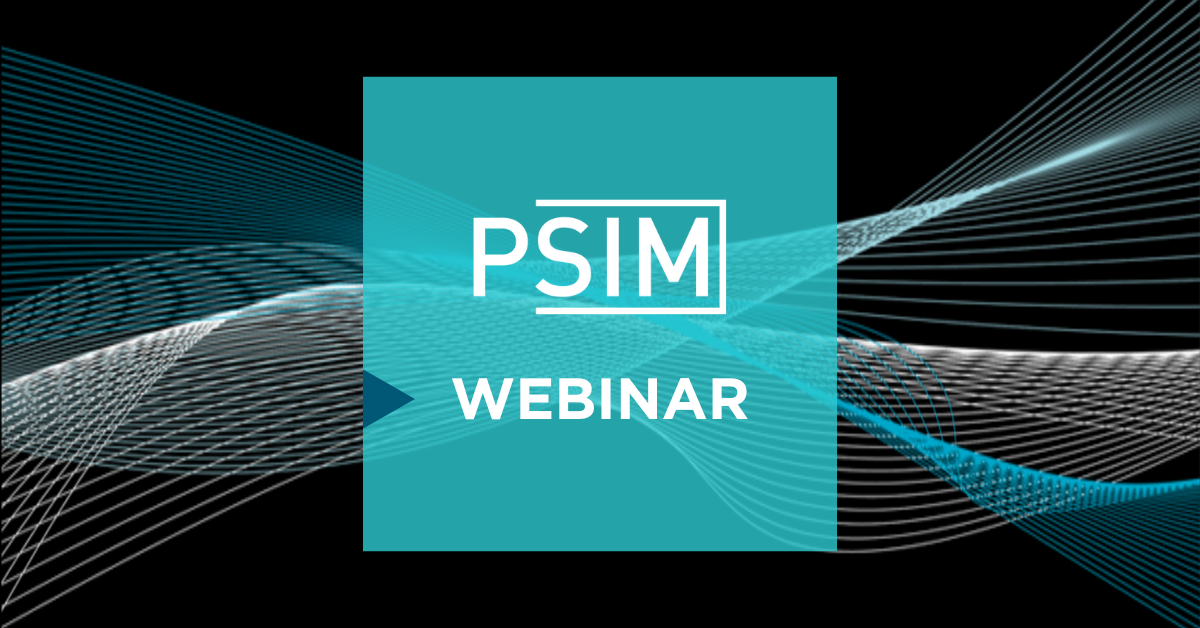Multi-level vs. 2-Level Inverter Comparison

Efficiency, robustness, cost, & size are some of the main considerations when designing a converter. Recently power stage design has become more complicated with the rise in popularity of multi-level and modular multi-level (MMC) systems. An additional complication is the efficiency but increased cost of Silicon Carbide and Gallium Nitride (SiC and GaN) vs the traditional IGBT and Si MOSFET counterparts.
In this webinar, we look at what can be gained and what is lost as we compare various types of multi-level topologies with their 2-level equivalent.
We use simulation to observe the impact on:
- Efficiency
- Harmonic distortion
- Power handling
- Fault tolerance
- Complexity of control
We look at modular multi-level converters (MMC), neutral point clamped (NPC), flying cap, T-type, chopper cell, H - bridge cell, etc.
Once the fundamental design considerations are better understood, we show how Powerforge (a power stage design tool) can be used to help inform your topology decision and then used to export a design into PSIM.
In this webinar, we use both PSIM and our new simulation engine DSIM. With PSIM we use our thermal module to help understand efficiency, we also use PSIM's ability to do an AC sweep on any topology to understand the open-loop transfer functions of these systems.
The power of the DSIM engine is being unleashed as we analyze non-ideal switch transitions with physical models of the actual devices.
Multi-level converters are gaining popularity as they are able to handle higher voltages, higher power levels, reduce harmonic distortion, and help reduce the size of inductor and capacitor values in the circuit.
